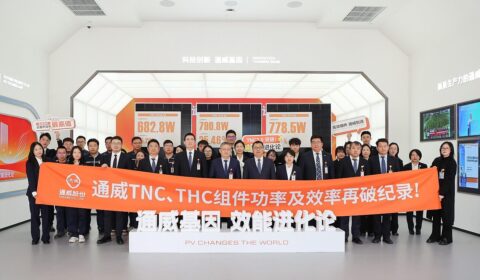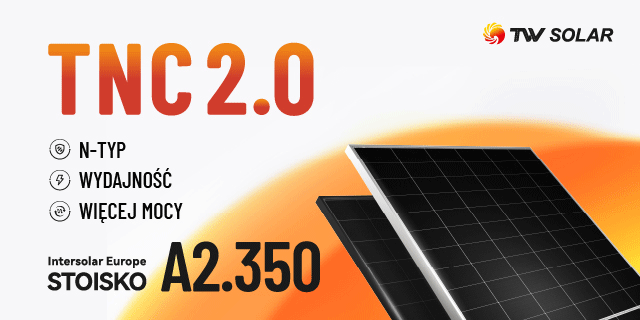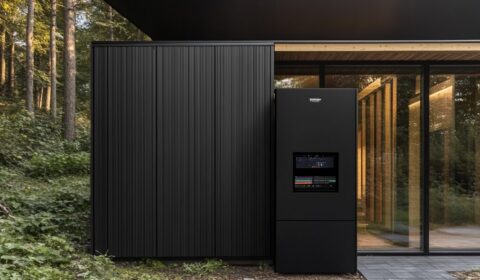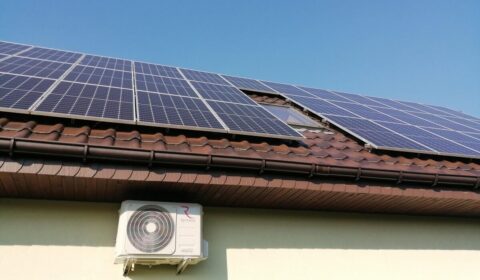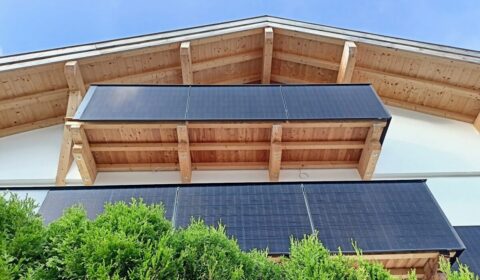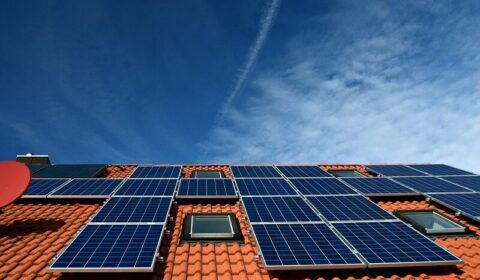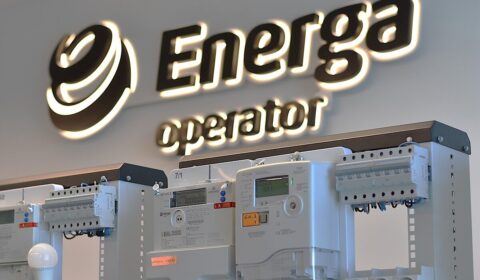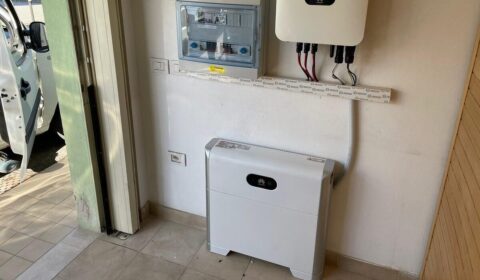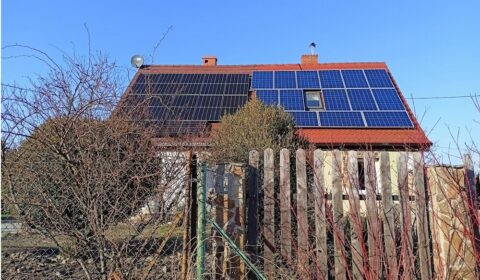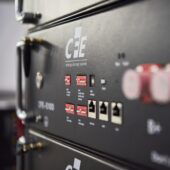The New York Times: początek końca chińskich producentów paneli fotowotlaicznych
http://www.nytimes.com/2012/10/05/business/global/glut-of-solar-panels-is-a-new-test-for-china.html
But now China’s strategy is in disarray. Though worldwide demand for solar panels and wind turbines has grown rapidly over the last five years, China’s manufacturing capacity has soared even faster, creating enormous oversupply and a ferocious price war.
The result is a looming financial disaster, not only for manufacturers but for state-owned banks that financed factories with approximately $18 billion in low-rate loans and for municipal and provincial governments that provided loan guarantees and sold manufacturers valuable land at deeply discounted prices.
China’s biggest solar panel makers are suffering losses of up to $1 for every $3 of sales this year, as panel prices have fallen by three-fourths since 2008. Even though the cost ofsolar power has fallen, it still remains triple the price ofcoal-generated power in China, requiring substantial subsidies through a tax imposed on industrial users of electricity to cover the higher cost of renewable energy.
The outcome has left even the architects of China’s renewable energy strategy feeling frustrated and eager to see many businesses shut down, so the most efficient companies may be salvageable financially.
In the solar panel sector, “If one-third of them survive, that’s good, and two-thirds of them die, but we don’t know how that happens,” said Li Junfeng, a longtime director general for energy and climate policy at the National Development and Reform Commission, the country’s top economic planning agency.
Mr. Li said in an interview that he wanted banks to cut off loans to all but the strongest solar panel companies and let the rest go bankrupt. But banks — which were encouraged by Beijing to make the loans — are not eager to acknowledge that the loans are bad and take large write-offs, preferring to lend more money to allow the repayment of previous loans. Many local and provincial governments also are determined to keep their hometown favorites afloat to avoid job losses and to avoid making payments on loan guarantees, he said.
Mr. Li’s worries appear to be broadly shared in Beijing. “For the leading companies in the sector, if they’re not careful, the whole sector will disappear,” said Chen Huiqing, the deputy director for solar products at the China Chamber of Commerce for Import and Export of Machinery and Electronic Products.
The Chinese government also wants to see the country’s more than 20 wind turbine manufacturers, many of which are losing money, consolidate to five or six. “Wind does not need so many manufacturers,” said Mr. Li, who in addition to drafting renewable energy policies is the president of the Chinese Renewable Energy Industries Association.
Chinese solar company executives blame their difficulties partly on the United States’s decisions last spring to impose antidumping and anti-subsidy tariffs on solar panel imports, and on the European Union’s recent decision to start its own antidumping investigation of imports from China.
“It is not a Chinese industry problem, it is a global solar industry problem,” said Rory Macpherson, a spokesman for Suntech Power, one of the largest Chinese solar panel manufacturers. “It is primarily the result of an imbalance between supply and demand, and the U.S. and E.U. trade investigations.”
Mr. Li said the solar industry’s problems were the result of overcapacity in China, and not the fault of trade restrictions.
Yet he insisted that if the Chinese government could turn back the clock and revisit past renewable energy decisions, it would not do anything differently.
The problem lies in the eagerness of Chinese businesses to rush into any new industry that looks attractive and swamp it with investments, he said. Chinese companies and their bankers are then far more reluctant than Western companies to admit defeat for investments that prove unprofitable.
Mr. Li added that banking regulators had not yet decided what to do about banks’ exposure to the solar sector. The central government tried without success to learn from local and provincial government agencies how much of the solar industry’s bank debt they have guaranteed, Mr. Li said.
Chinese solar power companies are making some cutbacks. Suntech, based in Wuxi, is temporarily closing a quarter of its solar cell capacity. It will transfer a majority of the 1,500 affected workers to other operations and provide severance payments to the rest.
Jiangsu province, where Suntech has its headquarters and most of its factories, issued an unusual appeal to state-owned banks several weeks ago to continue lending money to the company, a step that Mr. Li criticized as inappropriate. Mr. Macpherson of Suntech wrote in an e-mail that the Jiangsu government had not guaranteed any of the company’s debt, which totaled $2.26 billion at the end of the first quarter, including some convertible bonds in addition to bank loans. Trina Solar, one of its biggest rivals, also has said it will “streamline its operations” and shrink its work force, but did not provide details.
Trina shares have dropped 85 percent in the last three years and Suntech shares have fallen more than 98 percent in the last five years. Both trade on the New York Stock Exchange.
The modest cutbacks in production barely put a dent in China’s overcapacity problem. GTM Research, a renewable energy consulting firm in Boston, estimates that Chinese companies have the ability to manufacture 50 gigawatts of solar panels this year, while the Chinese domestic market is on track to absorb only 4 to 5 gigawatts. Exports will take another 18 or 19 gigawatts.
The enormously expensive equipment in solar panel factories needs to be run around the clock, seven days a week, to cover costs.
“You want to be up at 80 percent, so they’re half of what they need,” said Shayle Kann, the head of GTM Research, which is a unit of Greentech Media.
Chinese companies have struggled even though a dozen solar companies in the United States and another dozen in Europe have gone bankrupt or closed factories since the start of last year. The bankruptcies and closures have done little to ease the global glut and price war because China by itself represents more than two-thirds of the world’s capacity.
To reduce capacity, foreign rivals have clamored for China to subsidize the purchase of more solar panels at home, instead of having Chinese companies rely so heavily on exports. But the government here is worried about the cost of doing so, because the price of solar power remains far higher than for coal-generated power.
The average cost of electricity from solar panels in China works out to 19 cents per kilowatt-hour, said Mr. Li. That is three times the cost of coal-fired power. But it is a marked improvement from 63 cents per kilowatt-hour for solar power four years ago.
China’s official goal is to install 10 gigawatts of solar panels a year by 2015, using 20-year contracts to guarantee payment for electricity purchased from them. If costs stay where they are now, the subsidies would be $50 billion over 20 years for every 10 gigawatts of solar power installed, based on figures supplied by Mr. Li.
Even if solar power costs fall by a third, as the government hopes, he said, “it’s big money.”






















